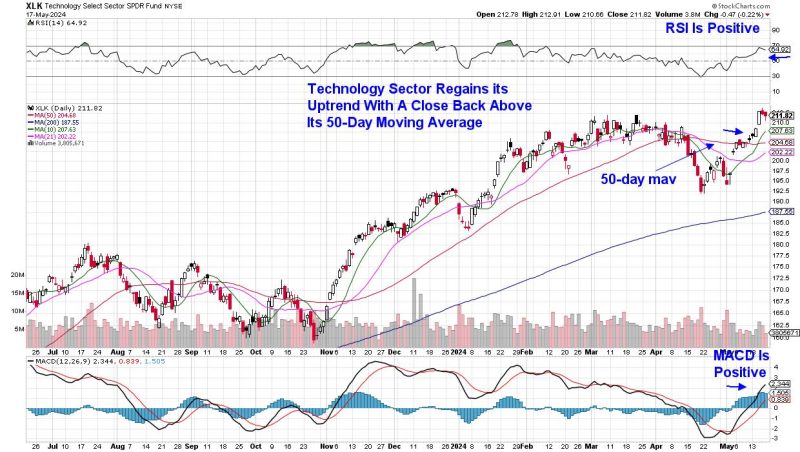In a rapidly changing global economy, financial markets play a pivotal role in shaping the future landscape of investments and economic growth. As investors closely monitor the trajectory of interest rates, new information has suggested a significant shift in market dynamics, especially with the increasing prevalence of lower rate bets.
One notable development is the growing preference among investors for lower interest rate environments. This trend has gained momentum as central banks around the world adopt accommodative monetary policies to stimulate economic activity amidst ongoing uncertainty and volatility. With interest rates at historically low levels, investors are recalibrating their strategies to capitalize on the benefits of borrowing at cheaper costs.
Concurrently, the rise of lower rate bets has profound implications for various asset classes and investment vehicles. In the fixed income market, bond yields have reached historic lows, prompting investors to seek alternative sources of income. As a result, high-yield bonds, dividend-paying stocks, and real estate investment trusts (REITs) have become attractive options for investors looking to generate steady returns in a low-rate environment.
Moreover, the growing prevalence of lower rate bets has stimulated demand for riskier assets, such as equities and cryptocurrencies. In a quest for higher returns, investors are increasingly willing to take on more risk to achieve their financial goals. This shift in risk appetite has fueled a bull market rally in equities, with technology and growth stocks outperforming traditional value investments.
Additionally, the surge in lower rate bets has implications for global currencies and exchange rates. As central banks implement dovish monetary policies to support economic recovery, the value of major currencies fluctuates in response to changing interest rate differentials. Investors closely monitor these exchange rate movements to capitalize on currency trading opportunities and hedge against currency risk in their portfolios.
Furthermore, the impact of lower rate bets extends beyond traditional investments to alternative assets such as precious metals and collectibles. As investors seek refuge from market uncertainty, assets like gold, silver, art, and rare coins have emerged as safe-haven assets that can preserve wealth and provide diversification benefits amid volatile market conditions.
In conclusion, the increasing prevalence of lower rate bets is reshaping the investment landscape and presenting new opportunities and challenges for investors worldwide. By adapting to changing market dynamics and leveraging innovative investment strategies, investors can navigate the complexities of a low-rate environment and position themselves for long-term success in an ever-evolving financial market.
